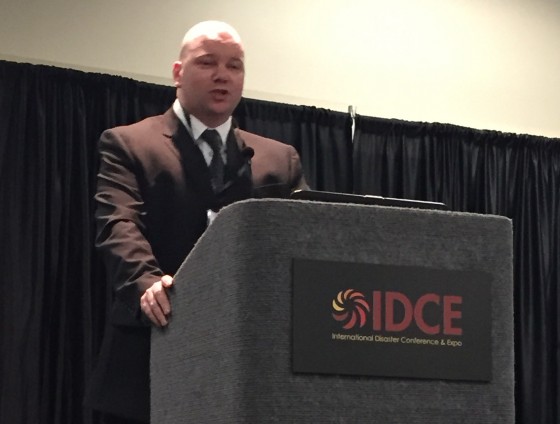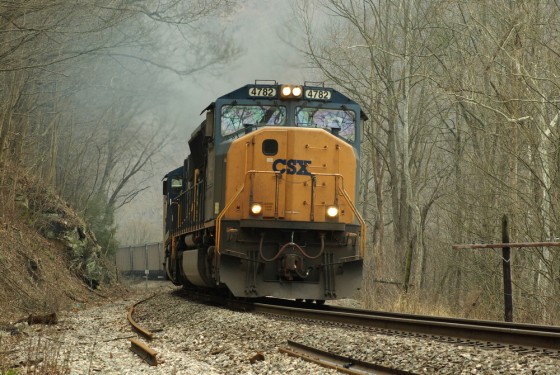
NEW ORLEANS—While it may seem counterintuitive at an event that also has an expo, one speaker at the International Disaster Conference today argues that a lot of the “preparedness” products on the market are not worth the price tag—and may even work against public safety.
According to the graduate research of disaster management expert and firefighter paramedic Jay Shaw, dikes and levies reduced people’s preparedness levels by 25% for all hazards including flooding. About three quarters of respondents in his research had experience with a major flood, and 75% felt prepared for a flood. Yet 65% felt unprepared for any other disaster, and 46% did not have any emergency kit, plan or supplies.
The dikes in their town, Shaw found, led to a sense of security against flooding risk, and left many unaware of other risks and how to best prepare for them.
Nationally, a 2009 FEMA study found that 57% of people claim to be prepared for a disaster for 72 hours. Under further review, however, 70% of these individuals did not know the basic components of an emergency go-bag or emergency plan.
Amidst go bags, 72-hour disaster kits, car kits, evacuation kits, shelter in place kits, and disaster buckets, the consumer-facing market for emergency preparedness often just confuses the public, selling overlapping supplies and sometimes contradictory instructions.
“We are failing to get through to people,” Shaw said. “We need to stop telling people what to do and start showing them. A 72-hour preparedness message is not enough. It is a great idea to tell people to get prepared, but people are not doing it. And part of the problem is that there is no social stigma—it is still acceptable to be unprepared.”
Other top barriers to preparedness, according to Shaw, include:
- Ignorance – “It won’t happen to me”
- Risk perception is low
- Hazard recognition is low
- Cost
- Vulnerable population
- Confused about what to do
- Capacity to cope is too high, due to a false sense of preparedness
Indeed, most people with resources consider a credit card all the emergency kit they need. “If you have to evacuate in the middle of the night, you’re going to take out the credit card and get a hotel room. If Ebola is coming, we’ll rent a cabin out by the lake and get out of town,” Shaw said.
Even those who do purchase basic pre-made kits are not improving capacity for resilience. “We are selling a sense of security, but if you’re opening it for the first time in an emergency, you have gained nothing to prepare for and understand the risks of a disaster and how to best make it through,” he said. “Buying all the kits for the hazards in my community would cost $2,600 and it would take up a 10-by-10 room in my basement. But I not be prepared because I would not know how to use them.”
Some of the best solutions may include:
- Conducting comprehensive research on preparedness levels to understand why they are so low
- Encouraging communities to engage in creative ways to finance local preparedness efforts and events
- Using the soldiers we have—figure out what percent of duties we can take away to increase the prevention roles and education of police, fire, EMS and healthcare professionals
- Developing and maintaining CERT teams, including members from prospective police, fire and EMS candidates, even offering the incentive of hours on the team for preferred application status
- Shifting department and budgetary focus from response to preparedness
- Creating train the trainer courses to build capacity across departments
- Developing an international strategy on the contents of emergency kits, analyzing relevant risks and tailoring messaging on what it means to prepare for known risks and hazards
- Aligning marketing strategies on the real risks and the best means of being prepared
- Building relationships locally and lobbying colleges and universities for applied projects that offer real-world solutions to local risks
Other marketing can also greatly improve local preparedness. Encouraging programs at local schools and community groups and even naming or offering sponsorship on dikes and dams can increase awareness and incentivize discussion and around risk mitigation measures.




